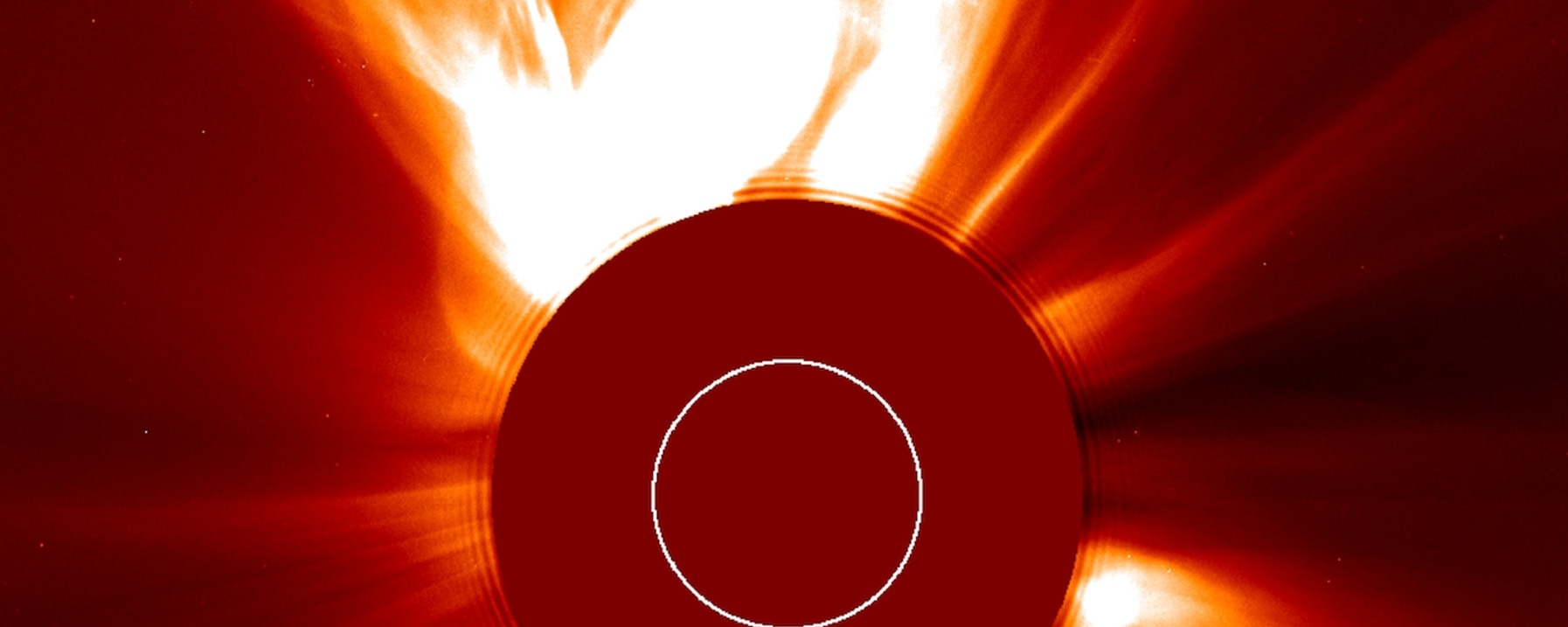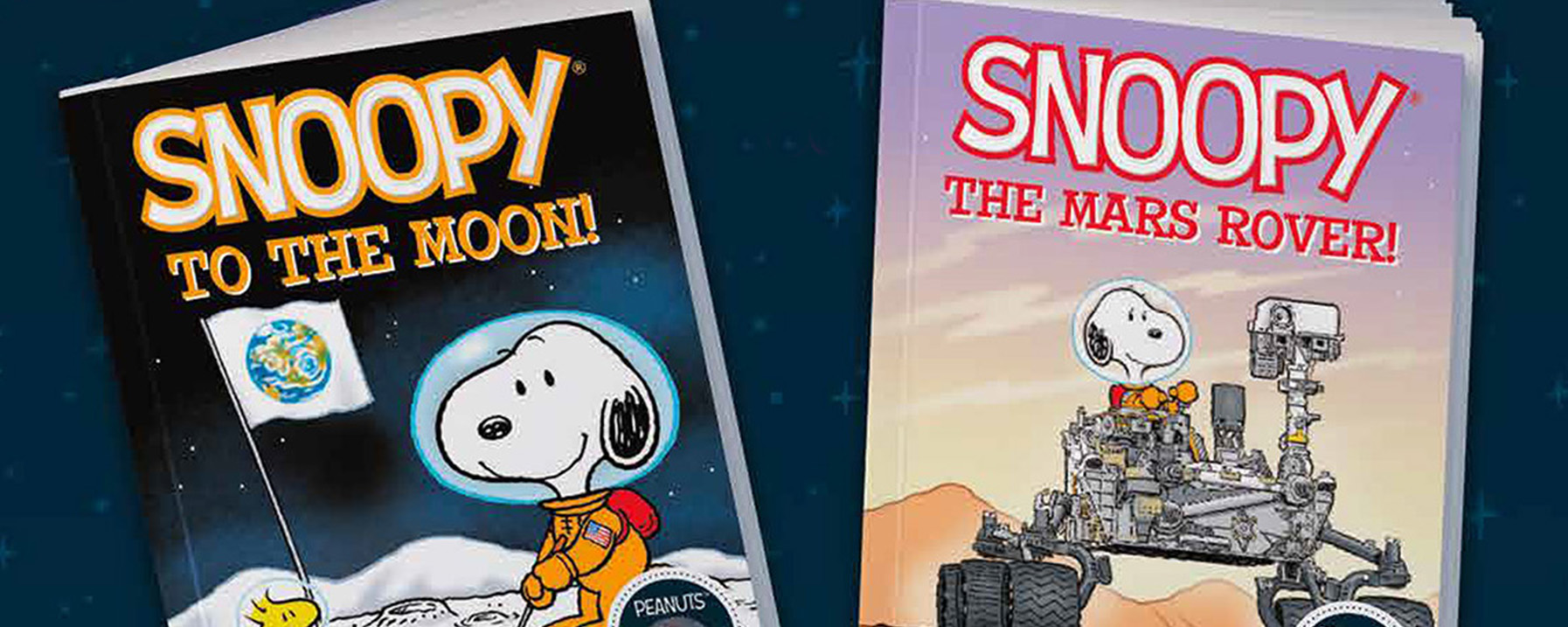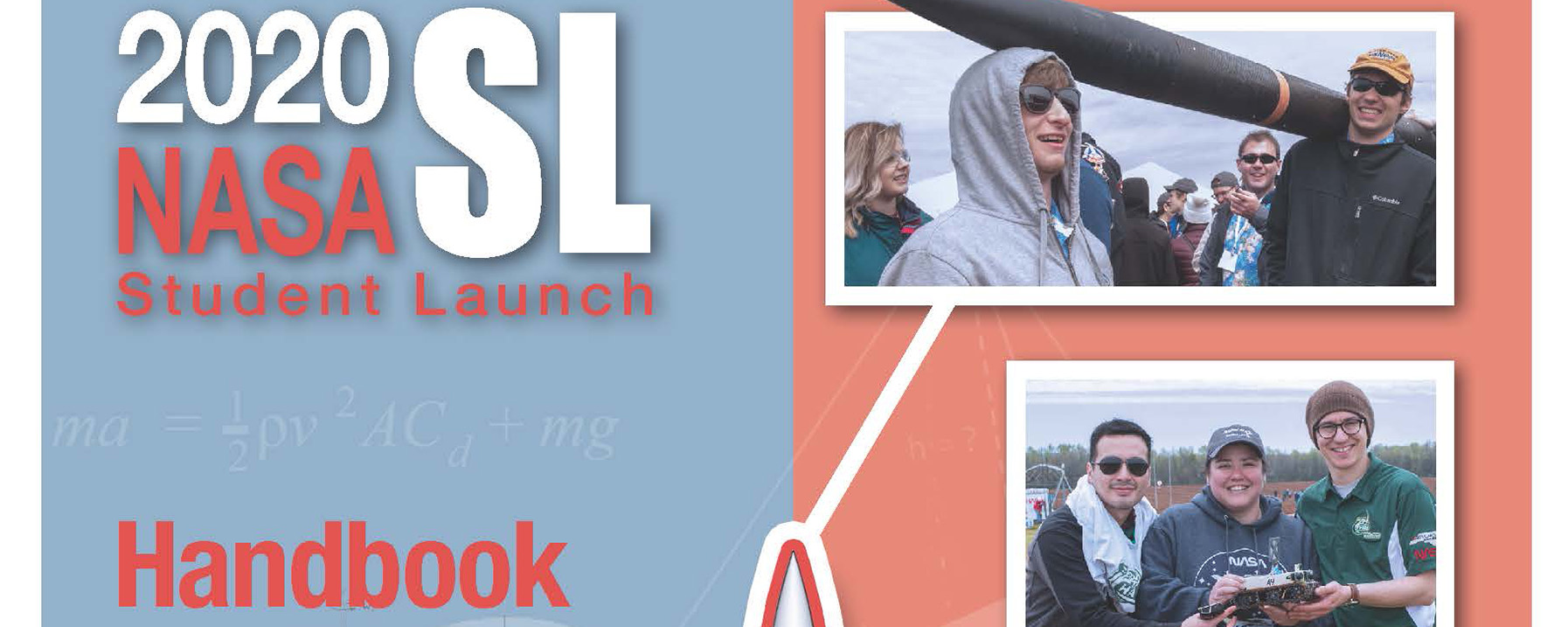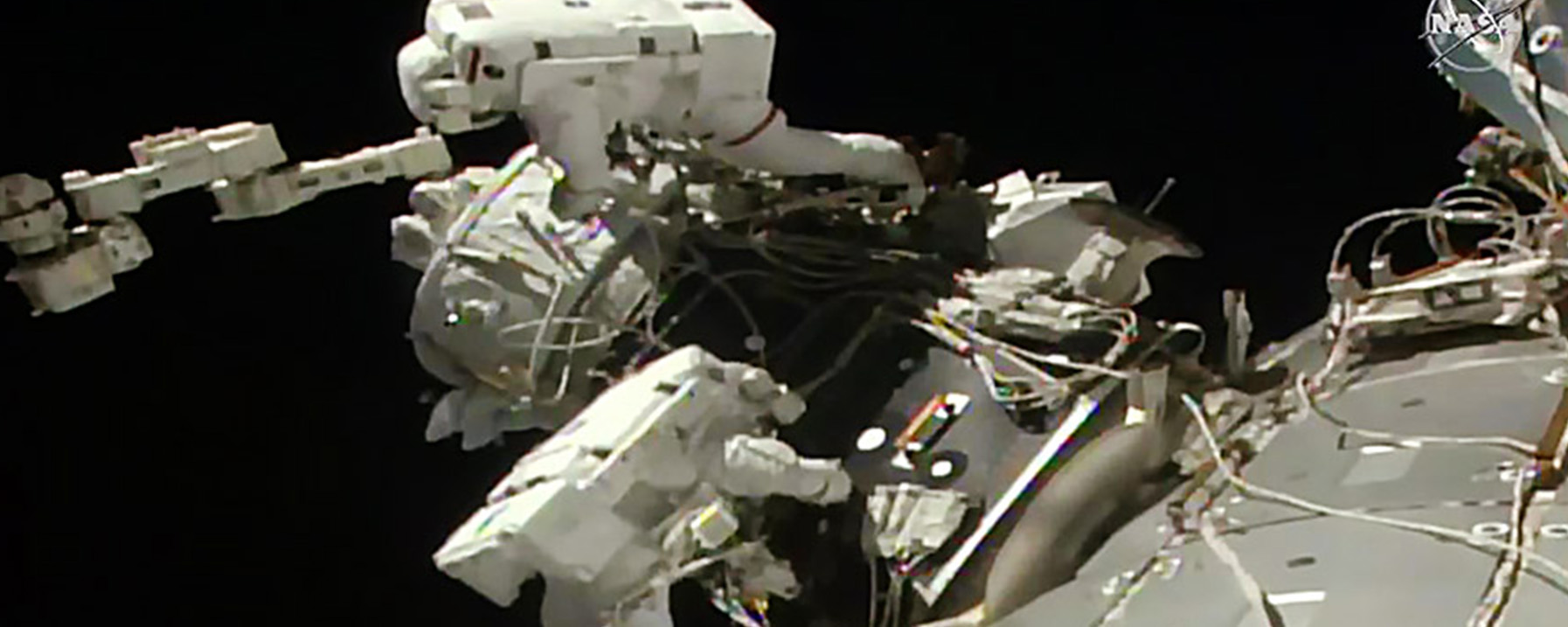NASA Selects Proposals to Demonstrate SmallSat Technologies to Study Interplanetary Space
NASA has selected two proposals to demonstrate small satellite technologies to improve science observations in deep space, which could help NASA develop better models to predict space weather events that can affect astronauts and spacecraft. Les Johnson of NASA’s Marshall Space Flight Center in Huntsville, Alabama, is the principal investigator for one of the proposals — the Solar Cruiser.
Peanuts Toys and Books Commemorate 50th Anniversary of Apollo
In commemoration of NASA’s 50th anniversary of the lunar landing and in celebration of September’s National Literacy Month, McDonald’s and Peanuts partnered to create space-themed toys and STEM-focused books. The toys showcase some of the technology and systems that NASA develops and builds for human spaceflight and interplanetary science missions, including the Space Launch System rocket.
Competition Open: New Challenges Await the 2019-2020 NASA Student Launch Teams
As the new school year begins, so does the 20th year of NASA’s Student Launch competition, an annual program that challenges middle school, high school and college students from around the country to design, build and test a rocket and payload. Marshall’s Office of STEM Engagement manages Student Launch.
Spacewalkers Complete Installation of Second Commercial Docking Port
NASA astronauts Nick Hague and Andrew Morgan conducted a six-hour and 32-minute spacewalk on Wednesday, in which they installed the second of two international docking adapters.
Parker Solar Probe Gets Extra Observation Time
Parker Solar Probe turned on its four instrument suites on Aug. 16 — earlier than during its previous two solar encounters, extending the observation period from 11 days to about 35 days. Marshall engineers helped develop a prototype and flight-test Parker’s Solar Probe Cup, which scoops up and examines solar wind.
For more information or to learn about other happenings at NASA’s Marshall Space Flight Center, visit NASA Marshall. For past issues of the ICYMI newsletter, click here.































